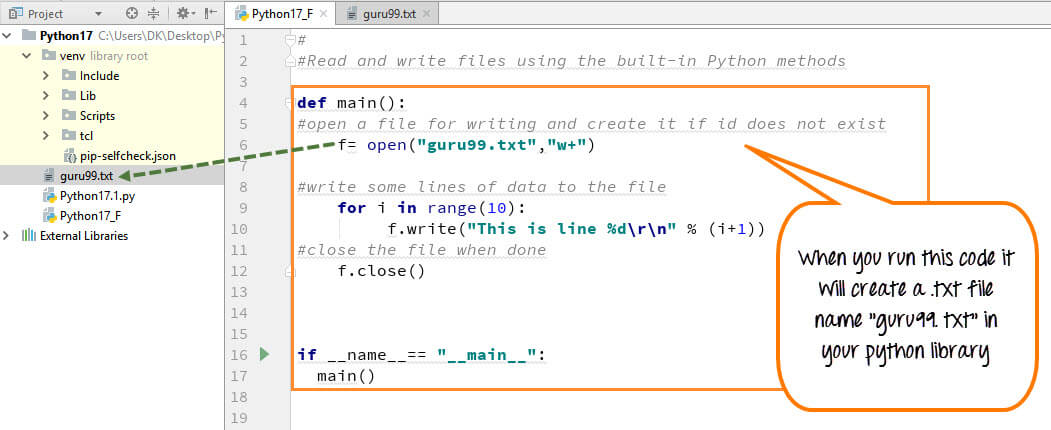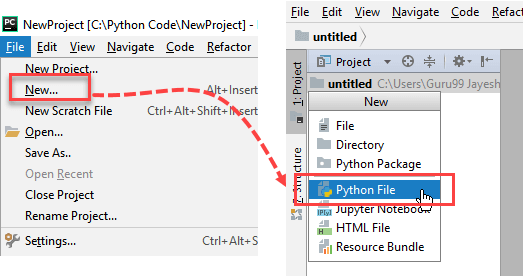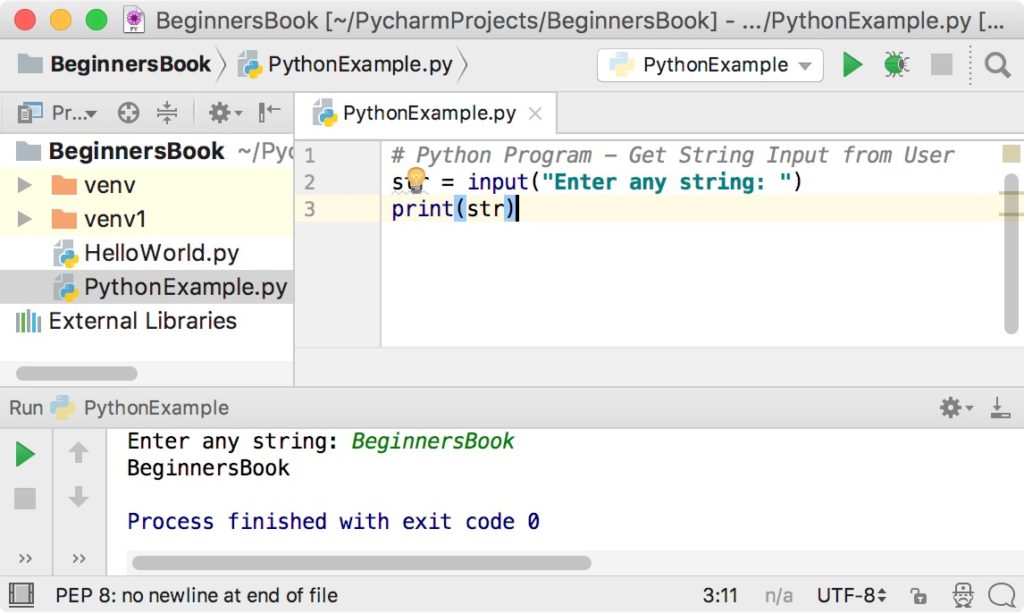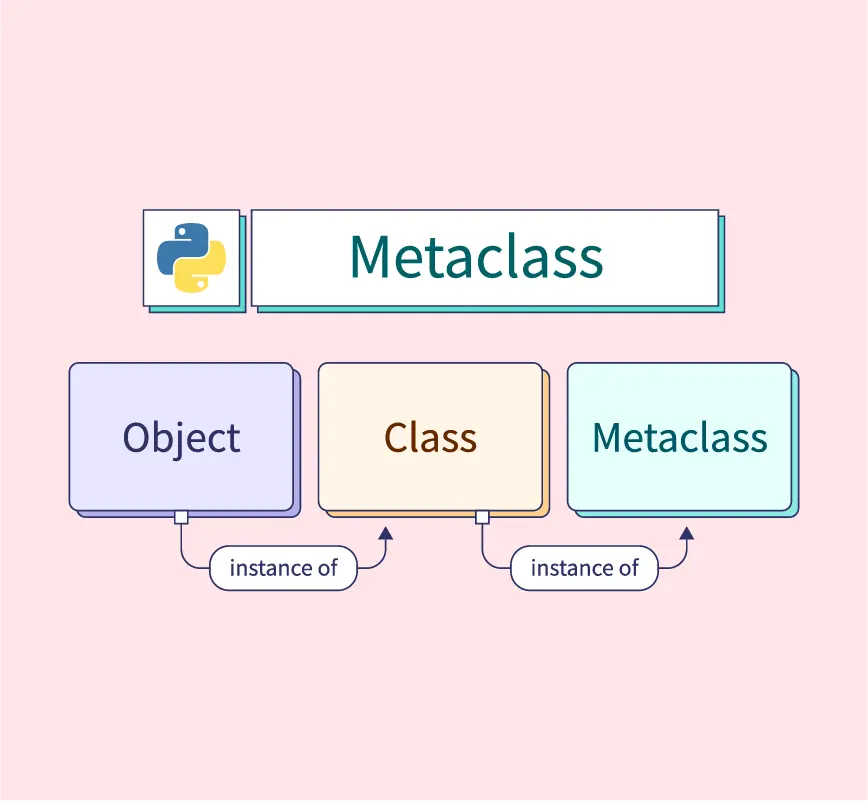Python invoke vs subprocess
Python invoke vs subprocess
The eternal debate! In this context, we're discussing two popular approaches for running external commands or programs from within a Python script: invoke and subprocess. Each has its strengths and weaknesses.
Subprocess
The subprocess module is part of the Python Standard Library, making it easily accessible. It allows you to spawn new processes and interact with them using Python. Here's an example:
import subprocess Run a command and capture its outputcmd = "echo Hello World!"
result = subprocess.run(cmd, shell=True, stdout=subprocess.PIPE)
print(result.stdout.decode().strip())
In this example, we're running the echo command with the argument "Hello World!". The subprocess.run() function takes care of executing the command and returning its output. We can capture the output using the stdout=subprocess.PIPE parameter.
Invoke
Invoke is a Python library that provides a more convenient way to run external commands. It's designed to simplify the process of running commands, handling errors, and capturing output. Here's an example:
import invoke Run a command with invokecmd = "echo Hello World!"
result = invoke.run(cmd)
print(result.stdout.strip())
In this example, we're using the invoke.run() function to execute the command. The result is stored in the result variable, which contains the command's output.
Key differences
Ease of use: Invoke provides a simpler API for running commands compared to thesubprocess module. Error handling: Both methods allow you to handle errors, but Invoke provides built-in support for error checking and handling. Output capture: Subprocess allows you to capture output using the stdout parameter, while Invoke stores the output in its result object. Portability: The subprocess module is part of the Python Standard Library, making it more portable across different systems. Invoke is a separate library that needs to be installed separately.
Choosing the right approach
When deciding between invoke and subprocess, consider the following factors:
subprocess might be sufficient. Convenience: If you prefer a more Pythonic way of running commands, Invoke provides a simpler API. Portability: If you're concerned about ensuring your code works on different systems, use the subprocess module.
In summary, both invoke and subprocess can be used to run external commands from within a Python script. The choice ultimately depends on the specific requirements of your project and your personal preference for simplicity or portability.
What is the difference between invoke and call in Python?

I'd be happy to explain the difference between invoking and calling functions in Python!
In Python, both invoke and call are related to executing a function, but they have distinct meanings.
Calling a Function:

When you call a function in Python, it means that you're passing arguments to the function and letting it execute its code. The function will run from start to finish, performing whatever tasks it's designed to do. When you call a function, Python automatically passes self as the first argument if the function is an instance method (i.e., it belongs to a class).
Here's an example:
def my_function(x):
return x * 2
result = my_function(5) # Calling the function with an argument
print(result) # Output: 10
In this example, my_function is called with the argument 5, and it returns the result of multiplying x by 2.
Invoking a Function:
Invoke, on the other hand, is often used to describe the act of triggering an event or sending a signal. In the context of Python functions, invoking a function means executing it in such a way that its execution is not blocked until the function returns. This is often useful when you want to start some long-running task without blocking the main thread.
Invoking a function can be achieved using various techniques, such as:
Usingthreading.Thread(target=func).start(), which creates a new thread and executes the function in that thread. Using asyncio.create_task(func()), which schedules the function to run concurrently with other tasks. Using multiprocessing.Process(target=func).start(), which starts a new process executing the function.
Here's an example of invoking a function using threading:
import threading
def my_function(x):
print(f"Started task for {x}")
Simulate some long-running work...
time.sleep(2)
print(f"Finished task for {x}")
Create a new thread to invoke the function
thread = threading.Thread(target=my_function, args=(5,))
thread.start() # Start the thread executing the function
In this example, my_function is invoked in a separate thread using threading, allowing the main thread to continue execution without waiting for the function to complete.
Key Takeaways:
Calling a function means passing arguments and letting it execute its code. Invoking a function means executing it in such a way that its execution is not blocked until it returns, often using concurrency or parallelism techniques.When working with Python functions, understanding the difference between calling and invoking can help you write more efficient, concurrent, and responsive code.





























